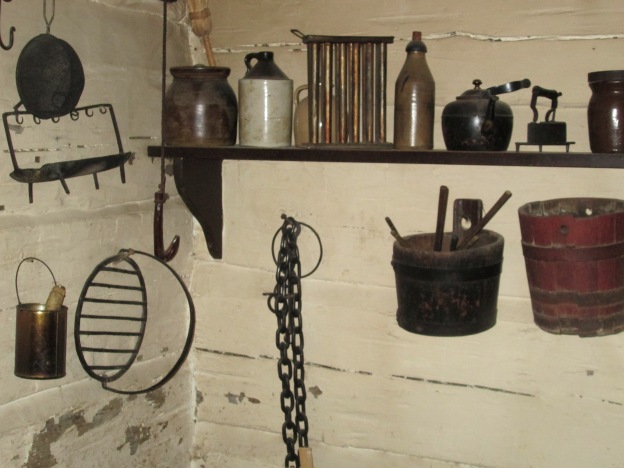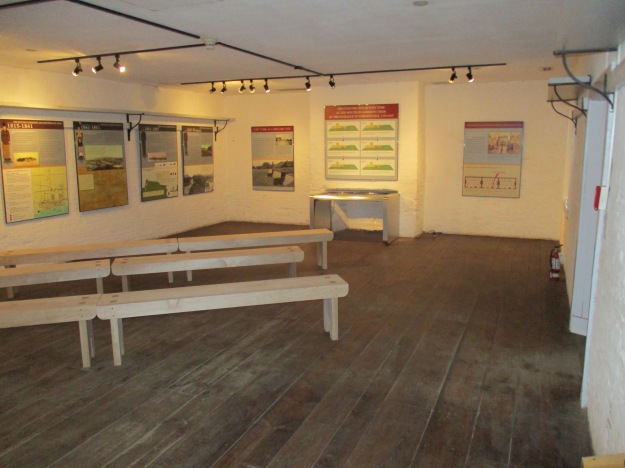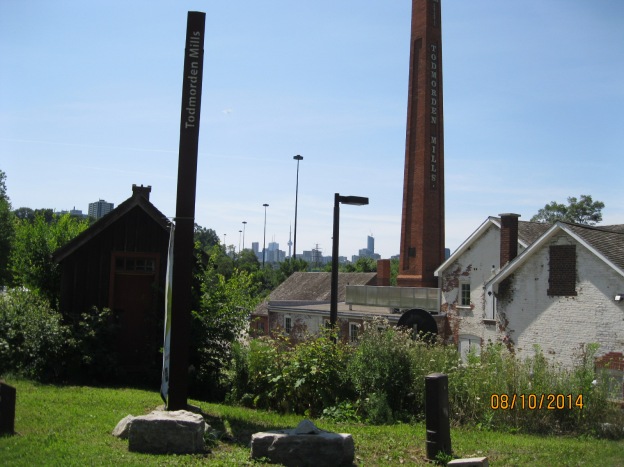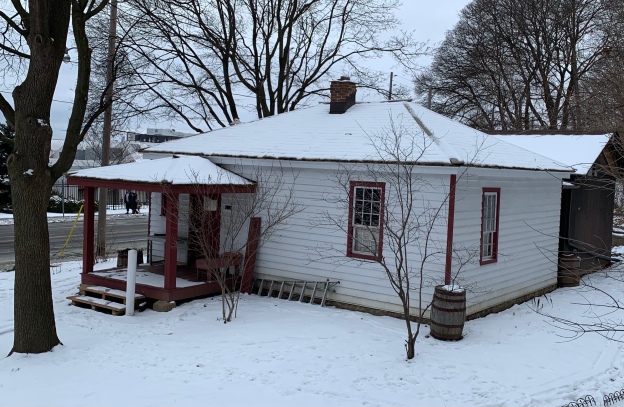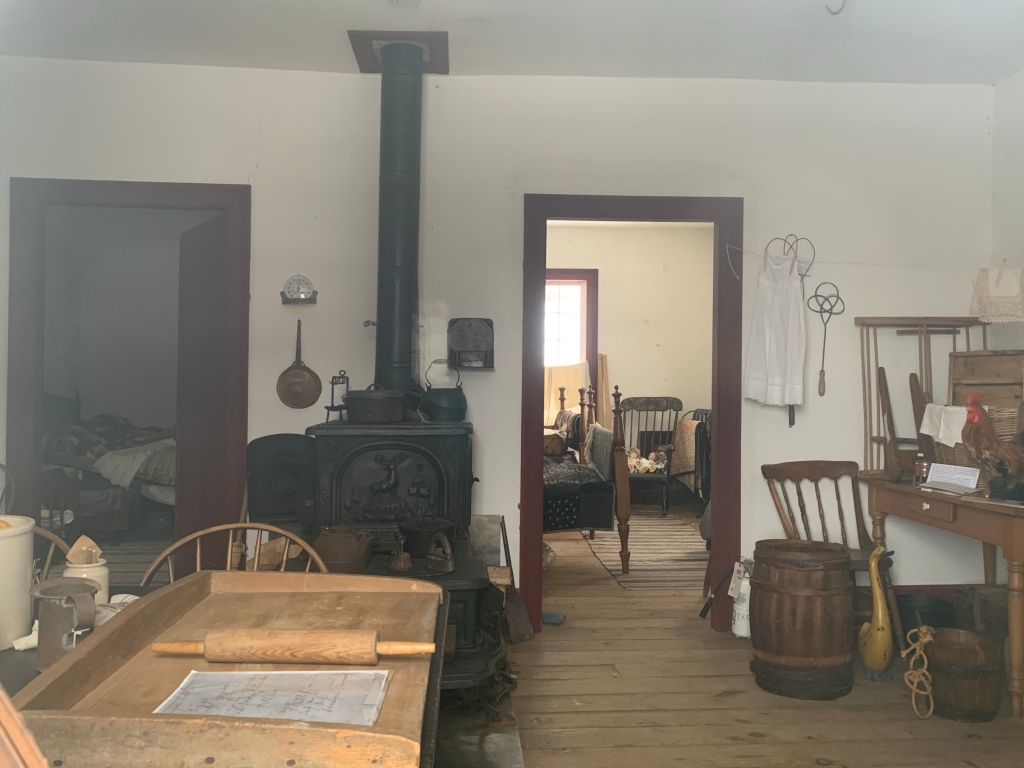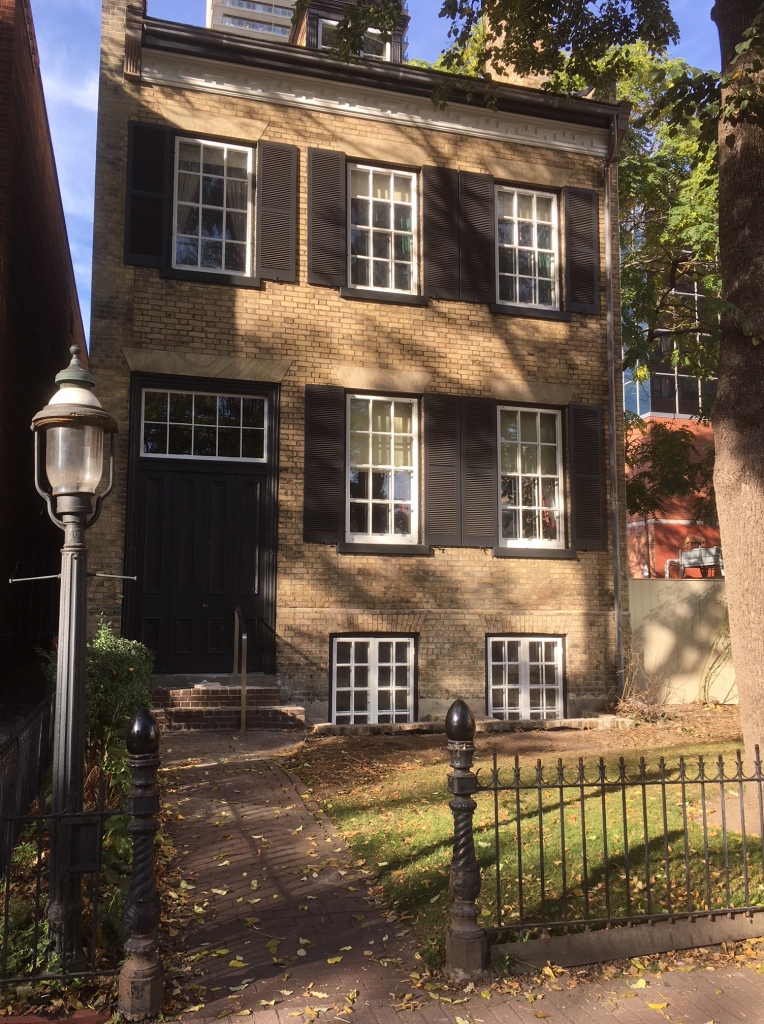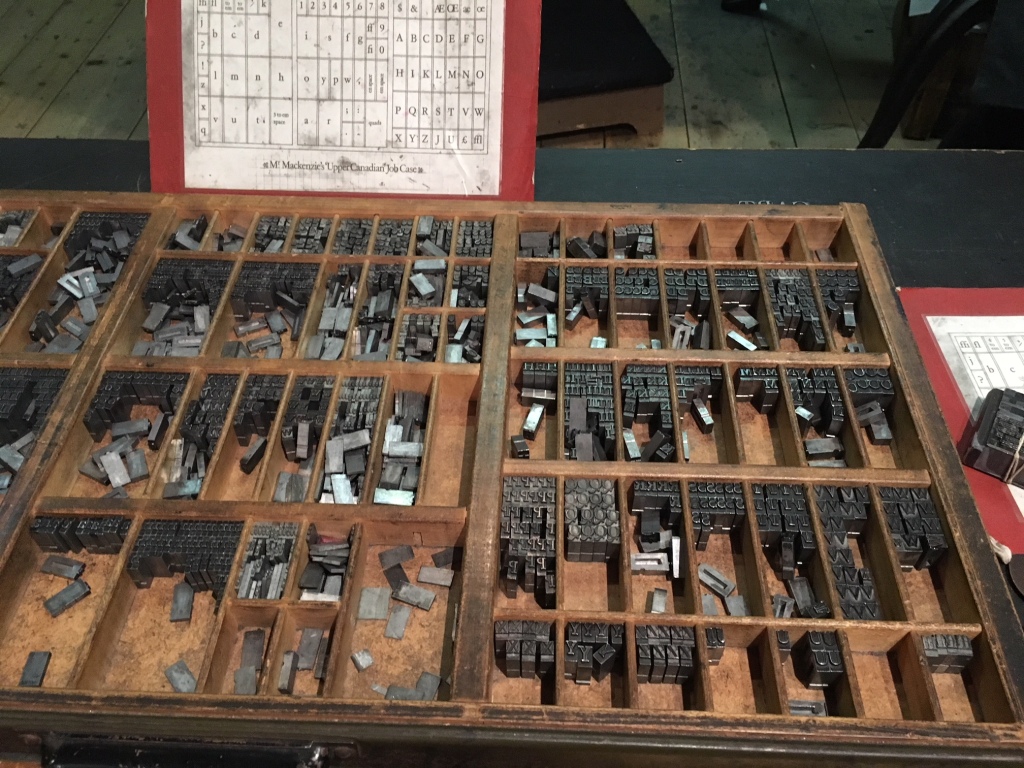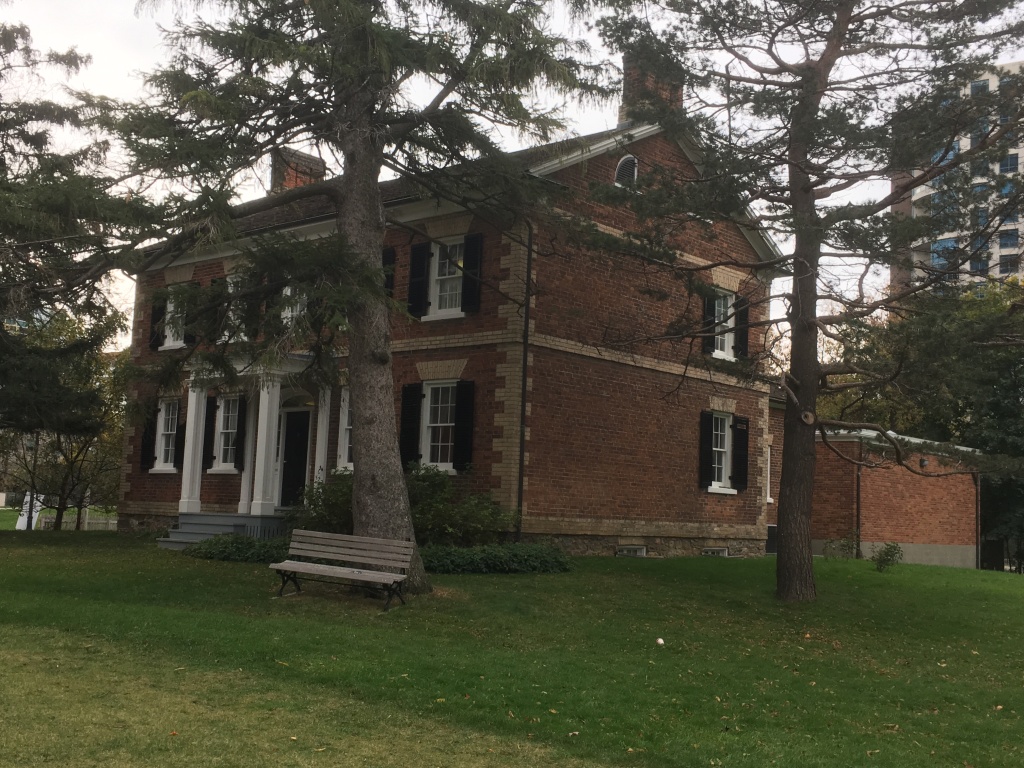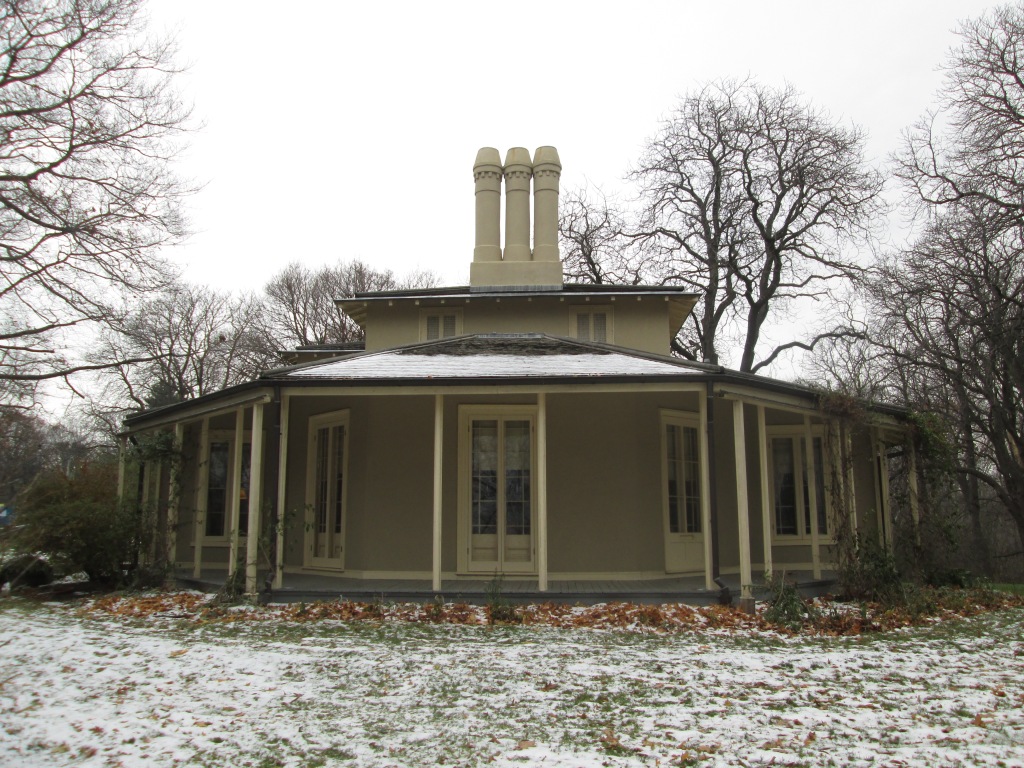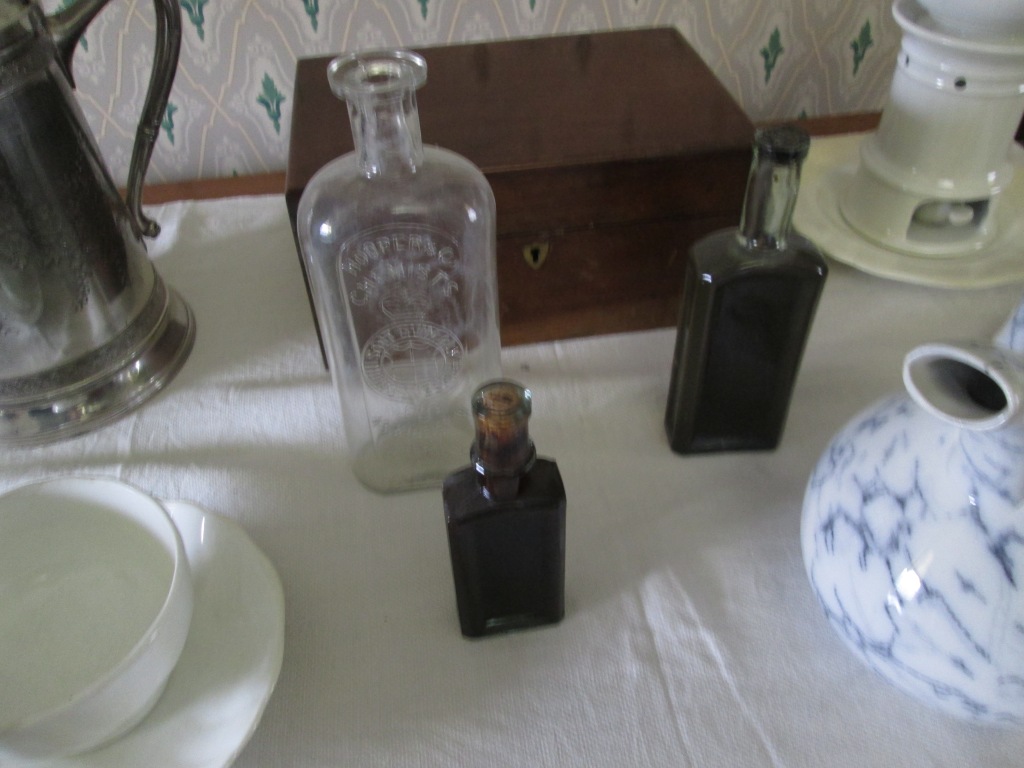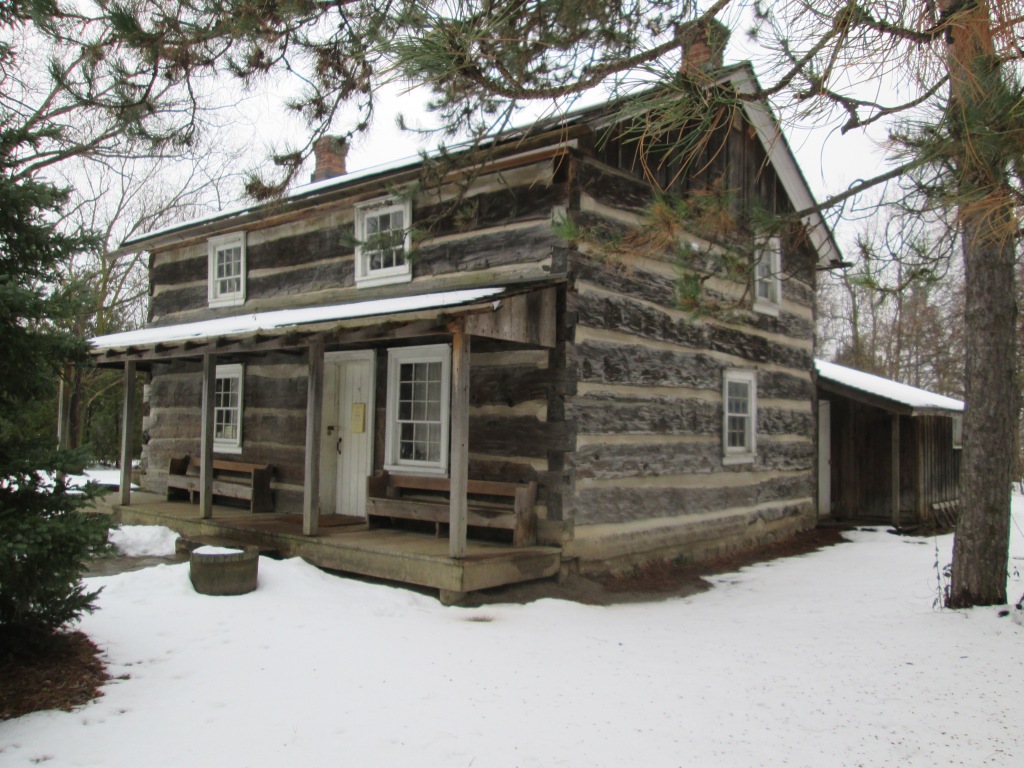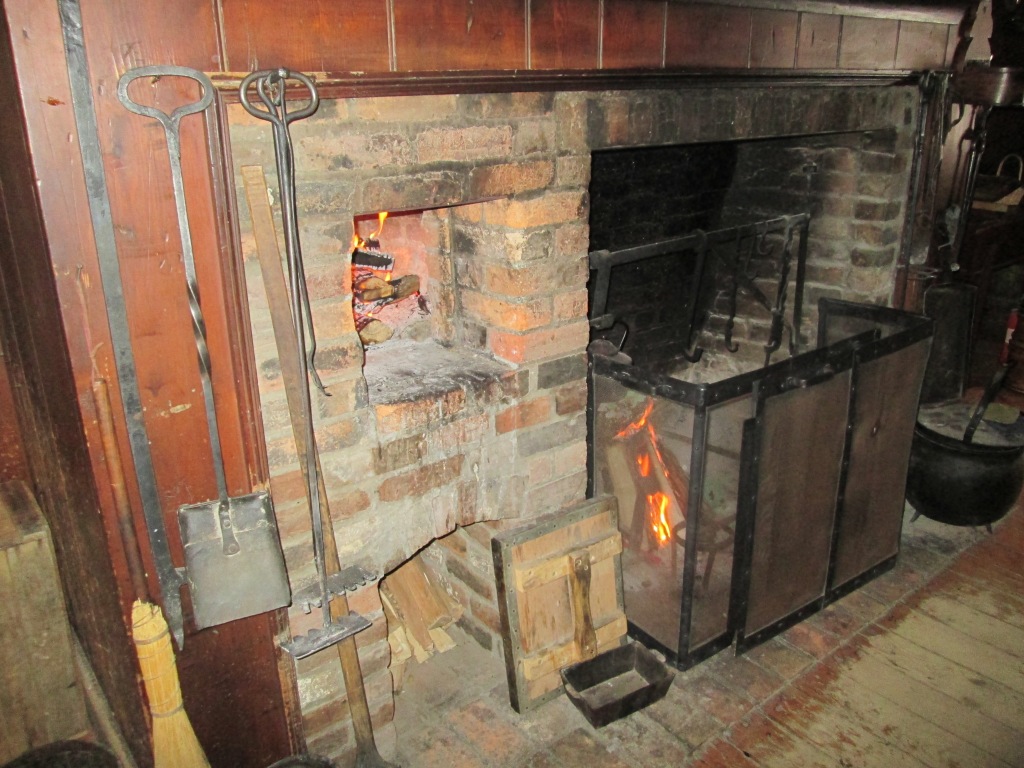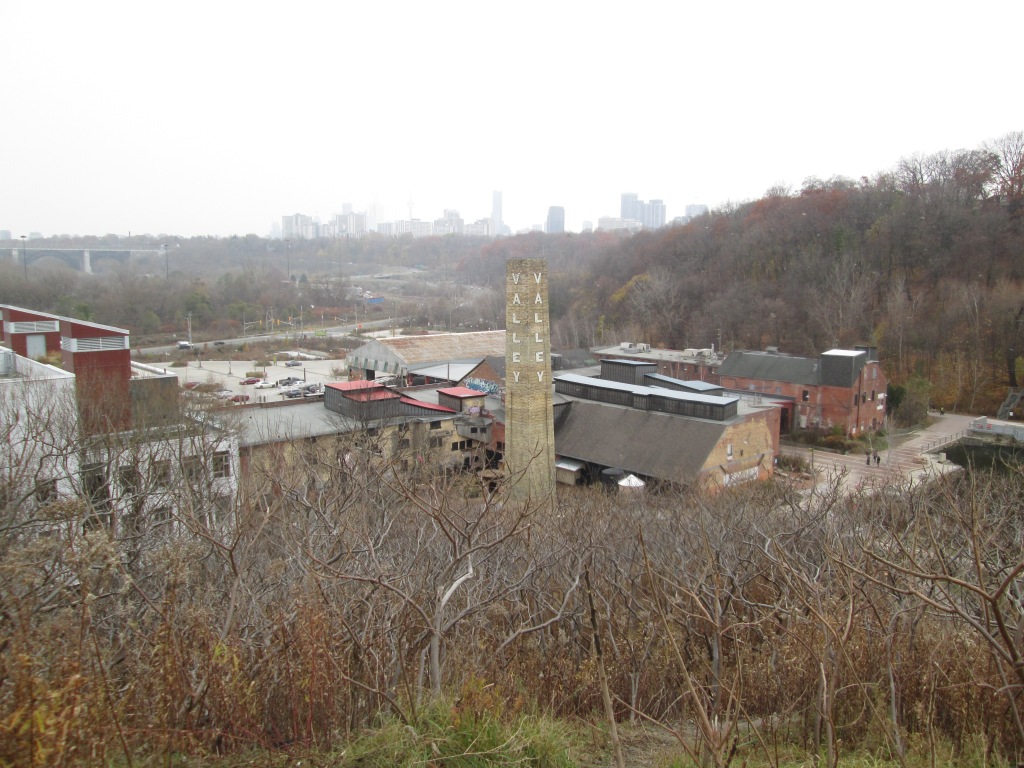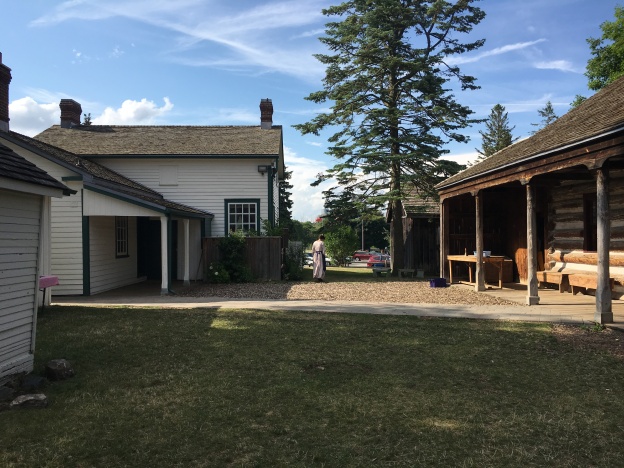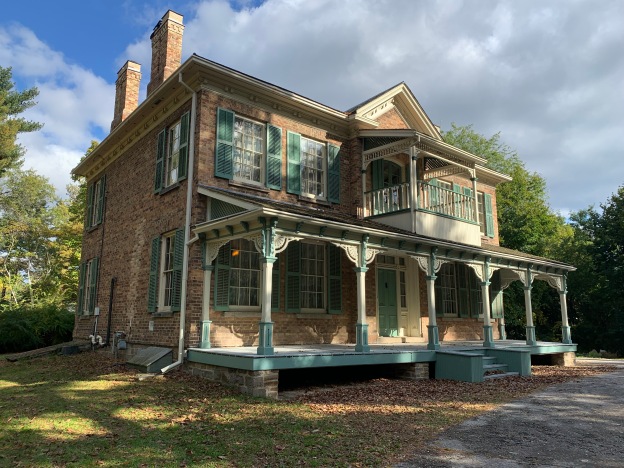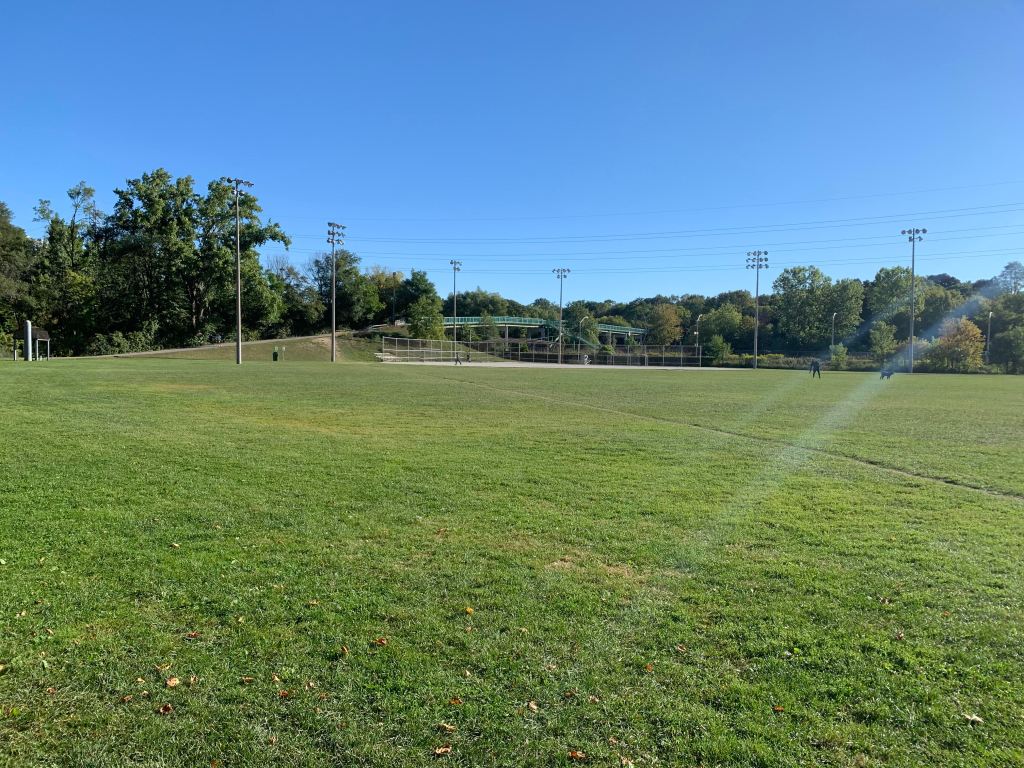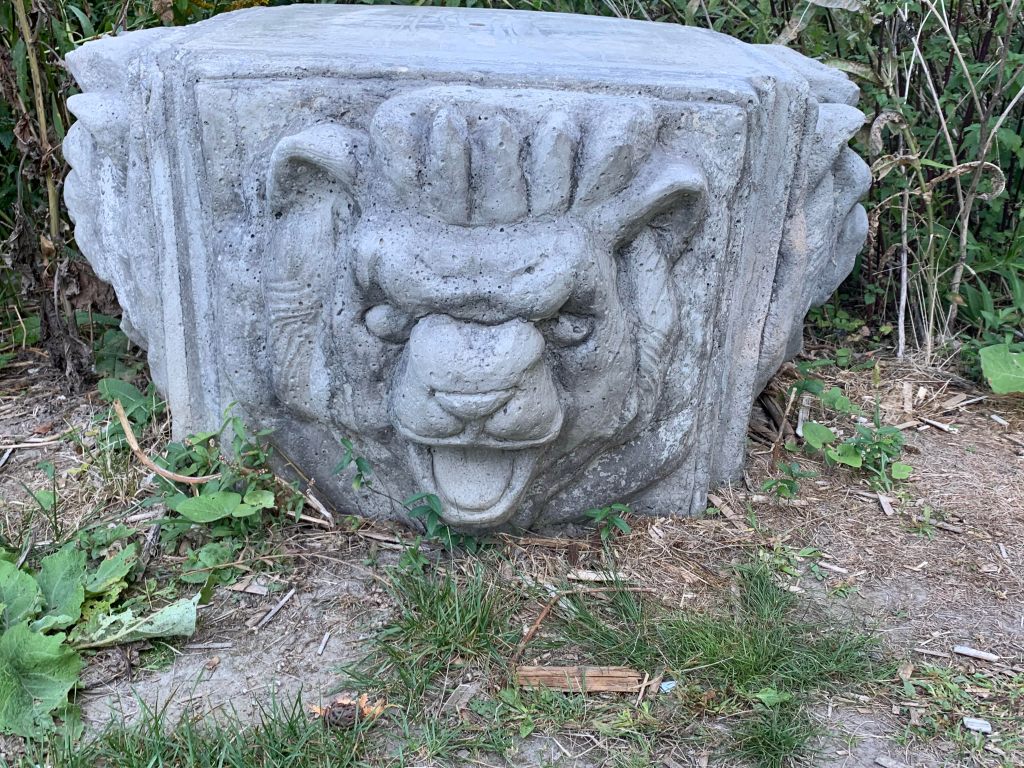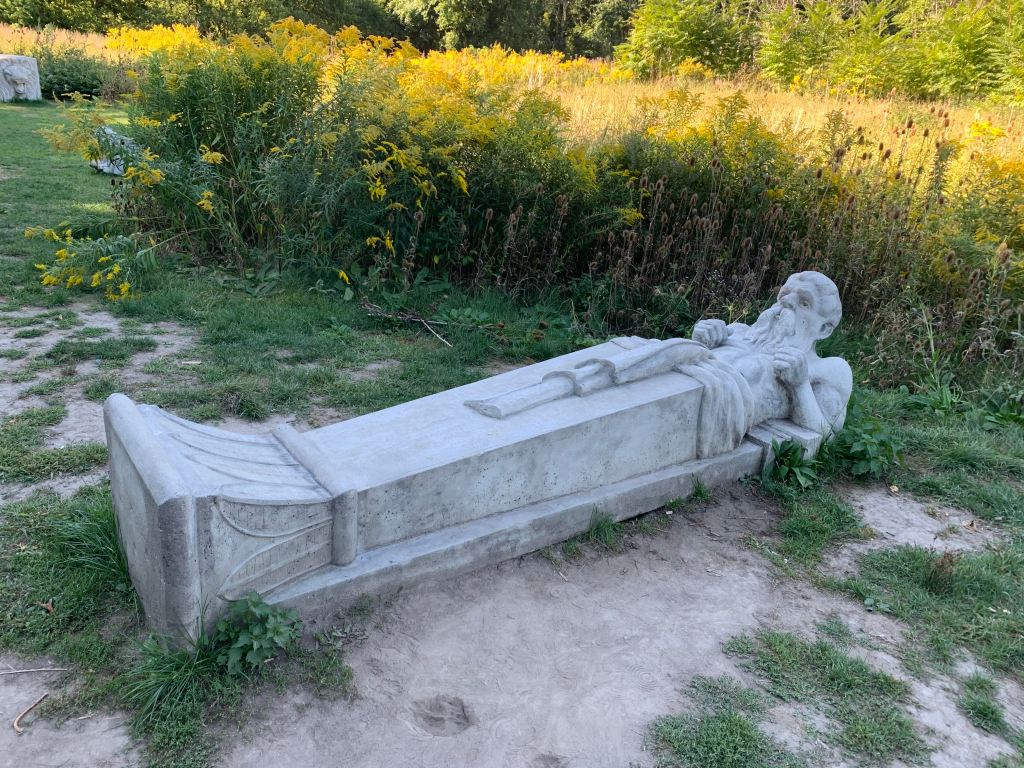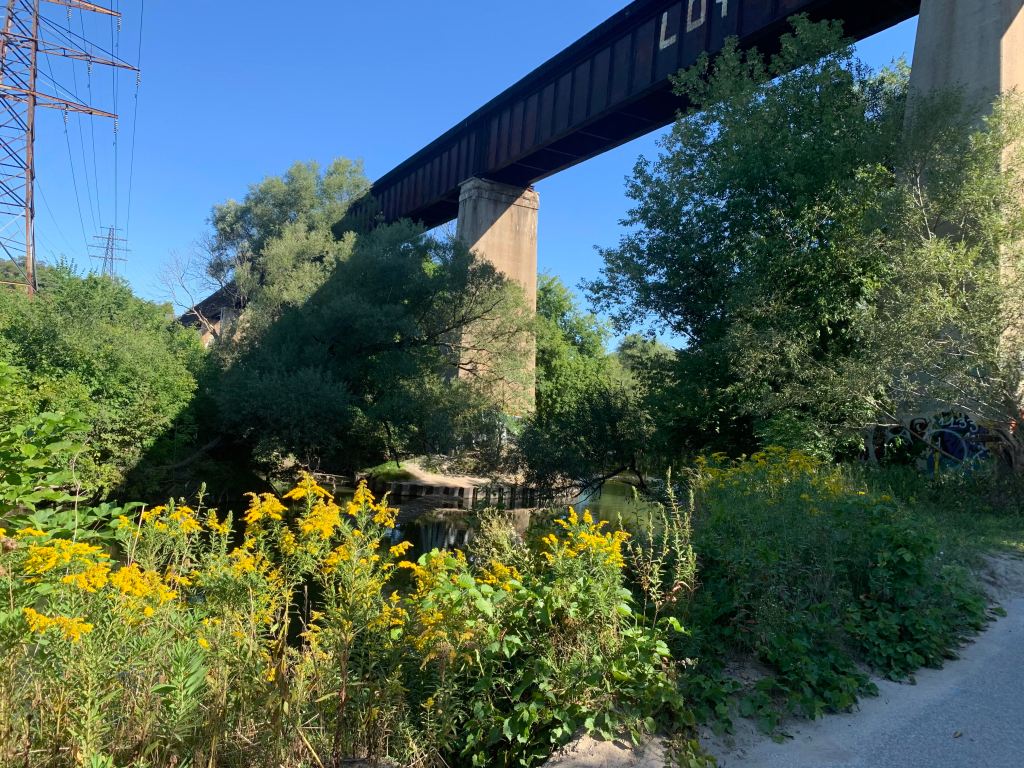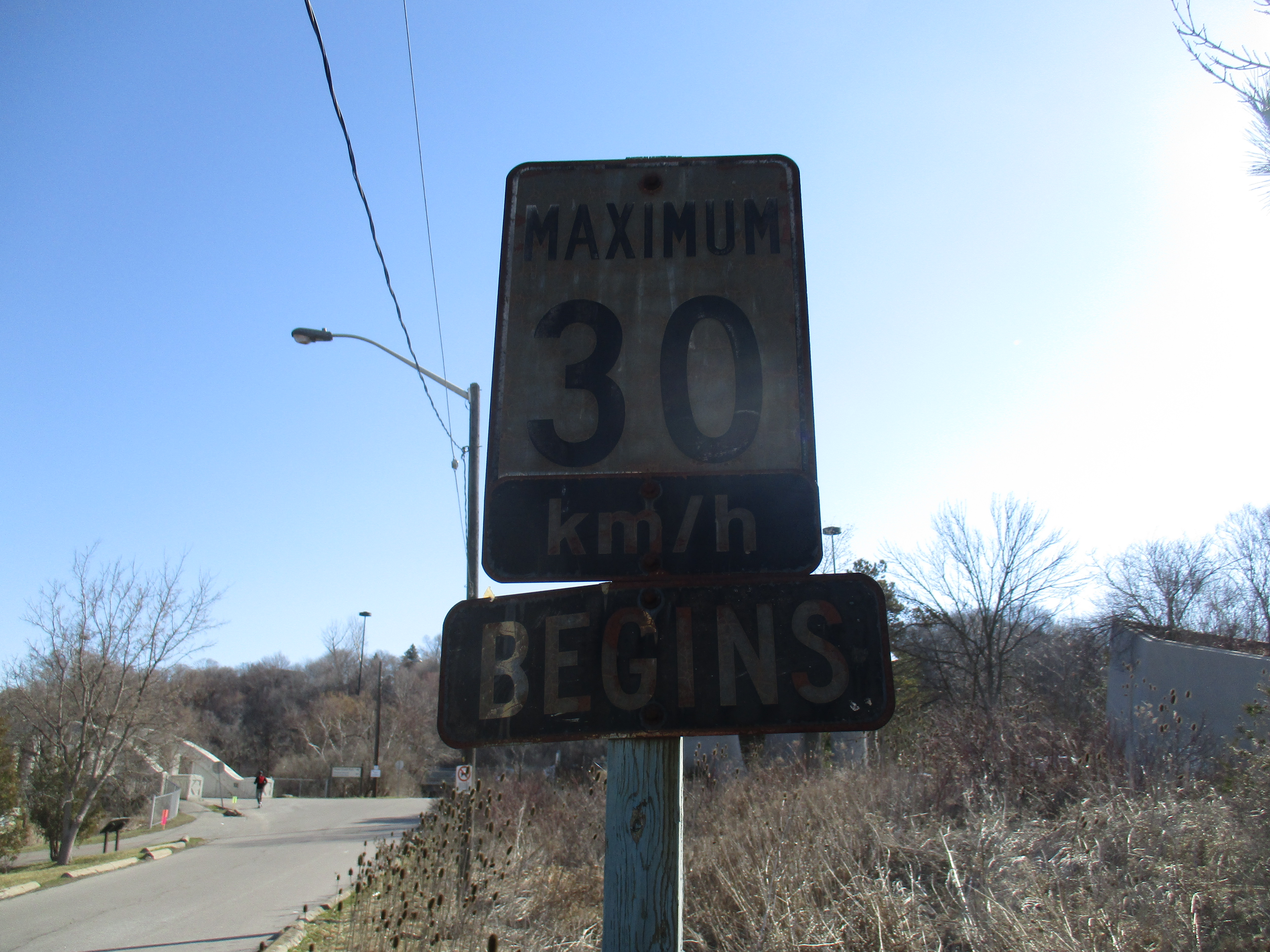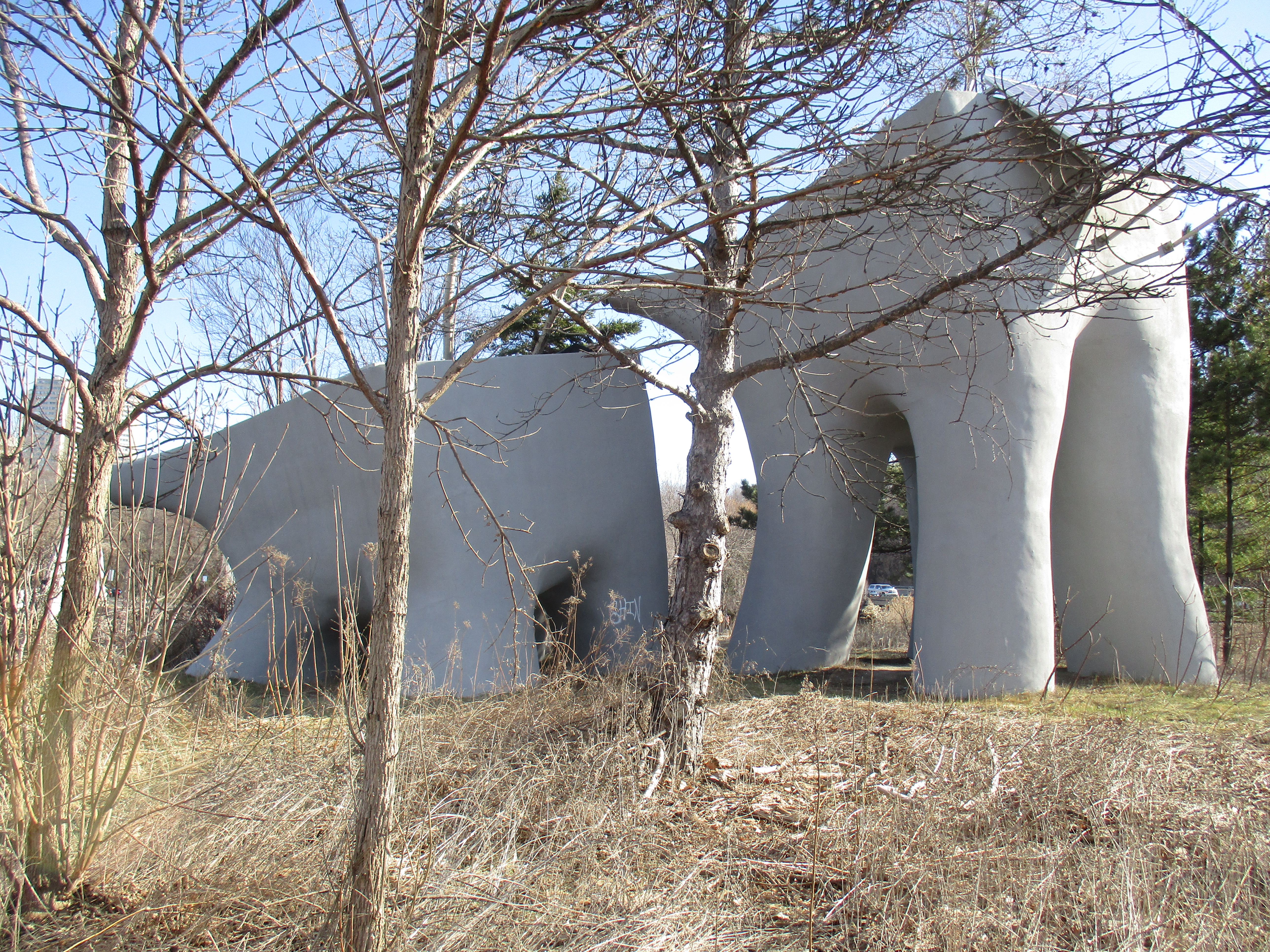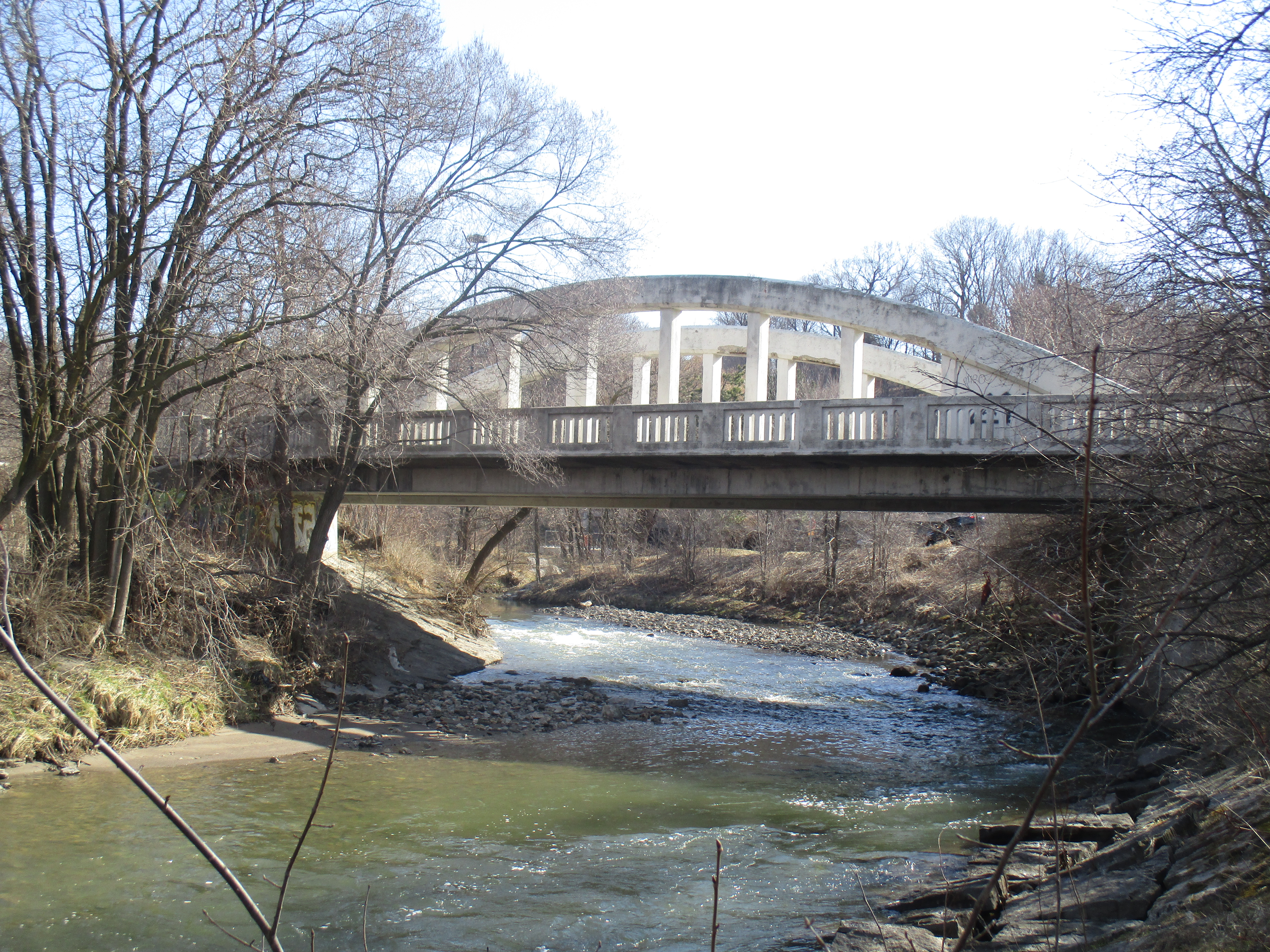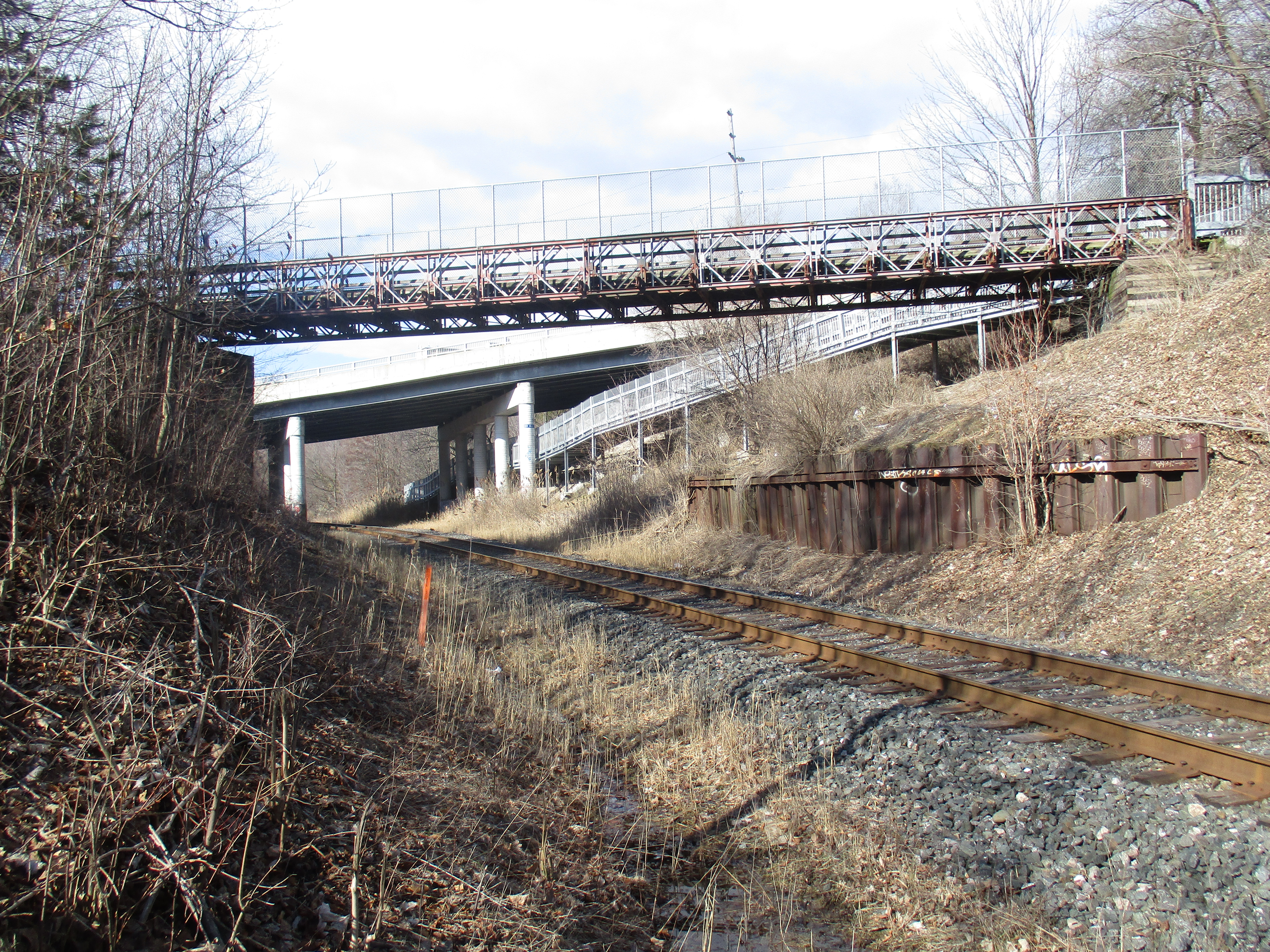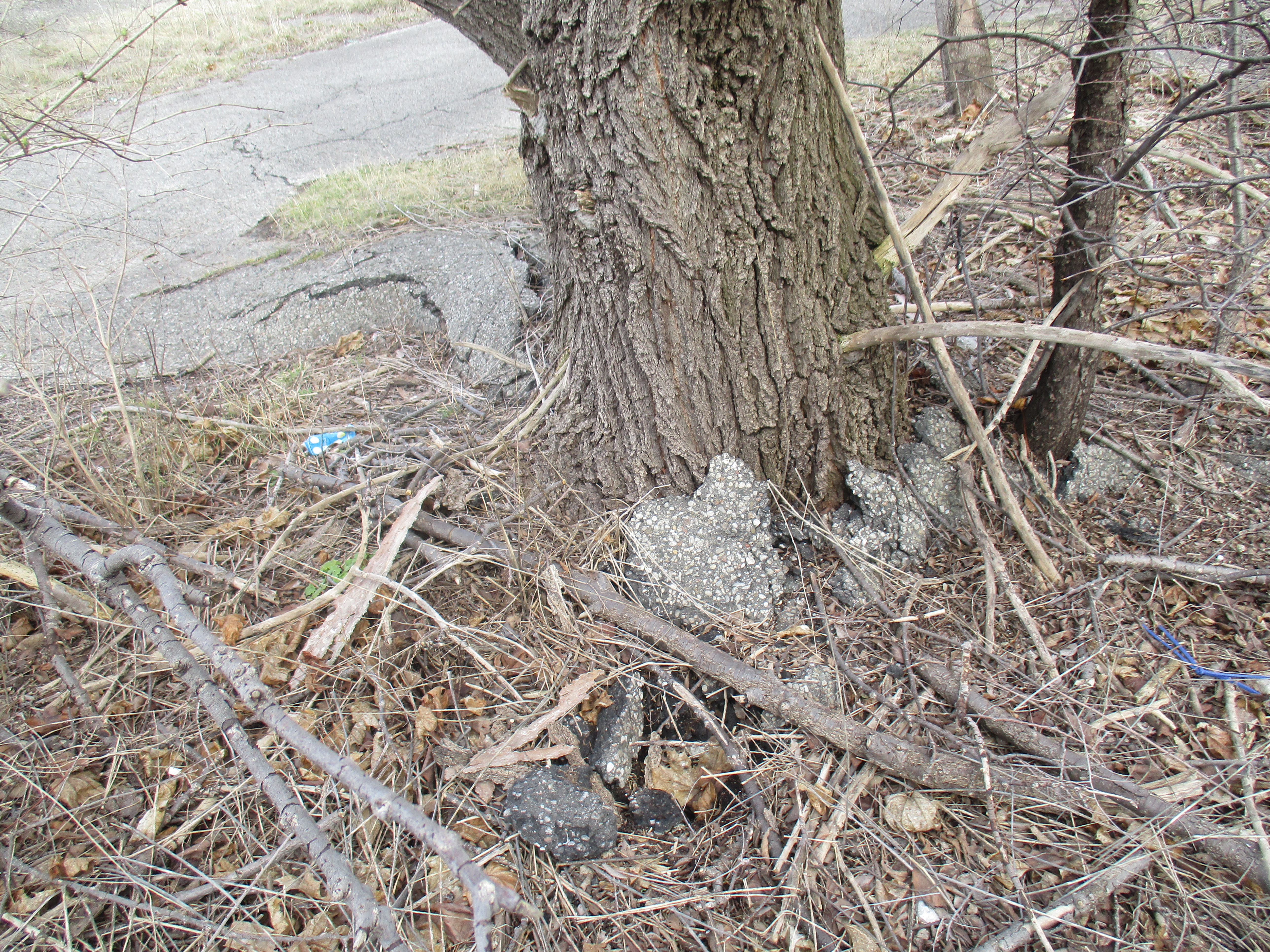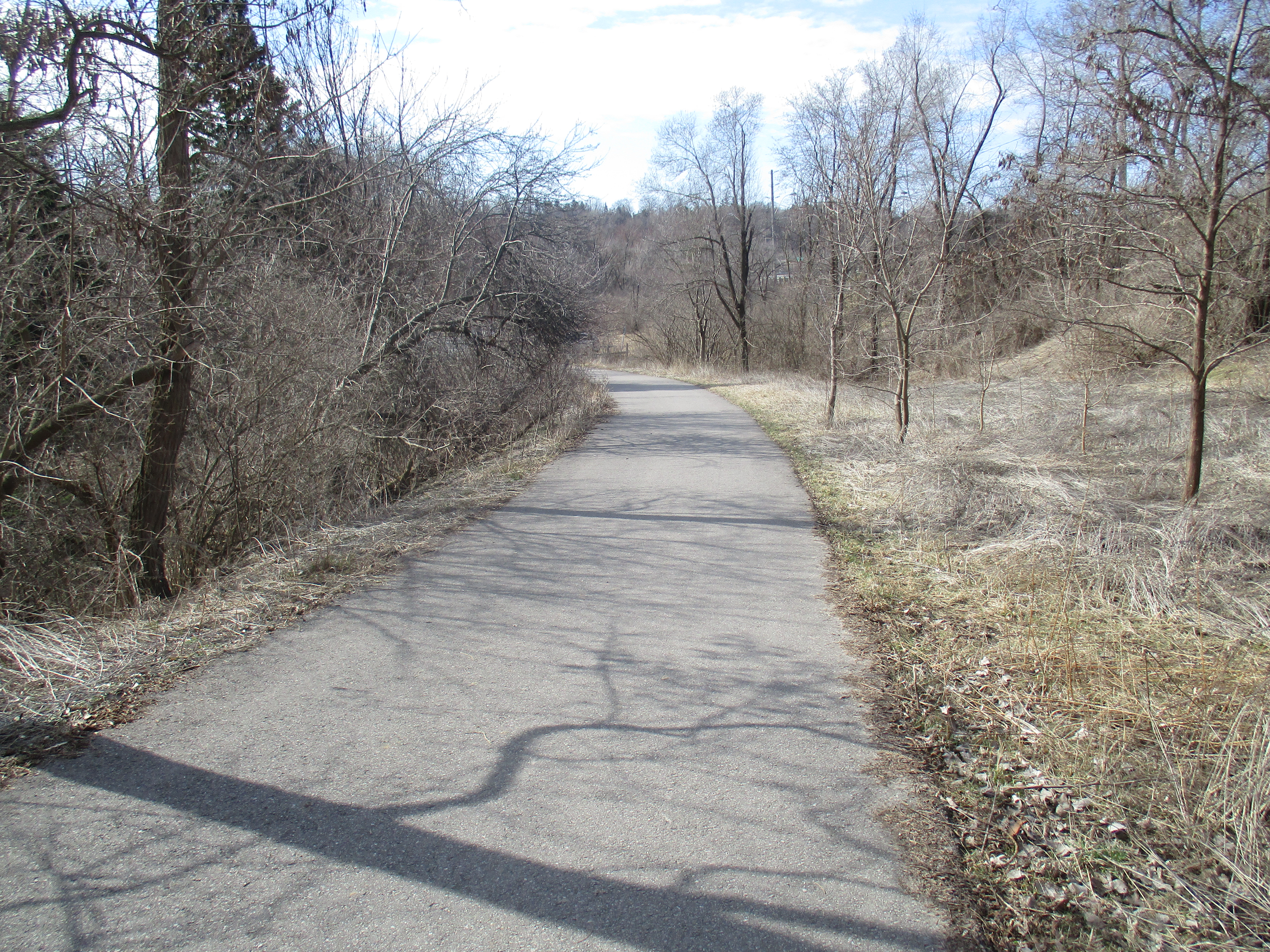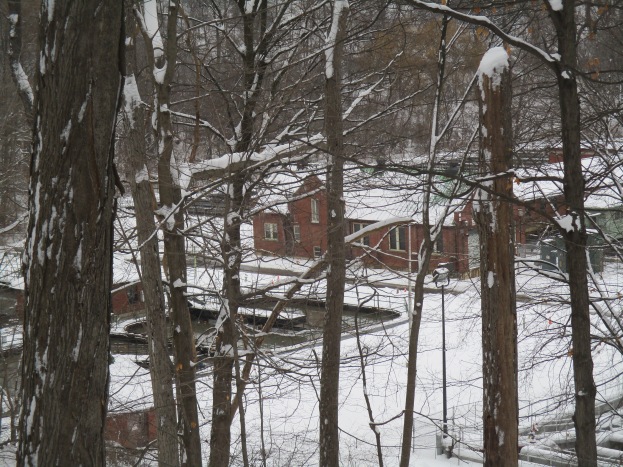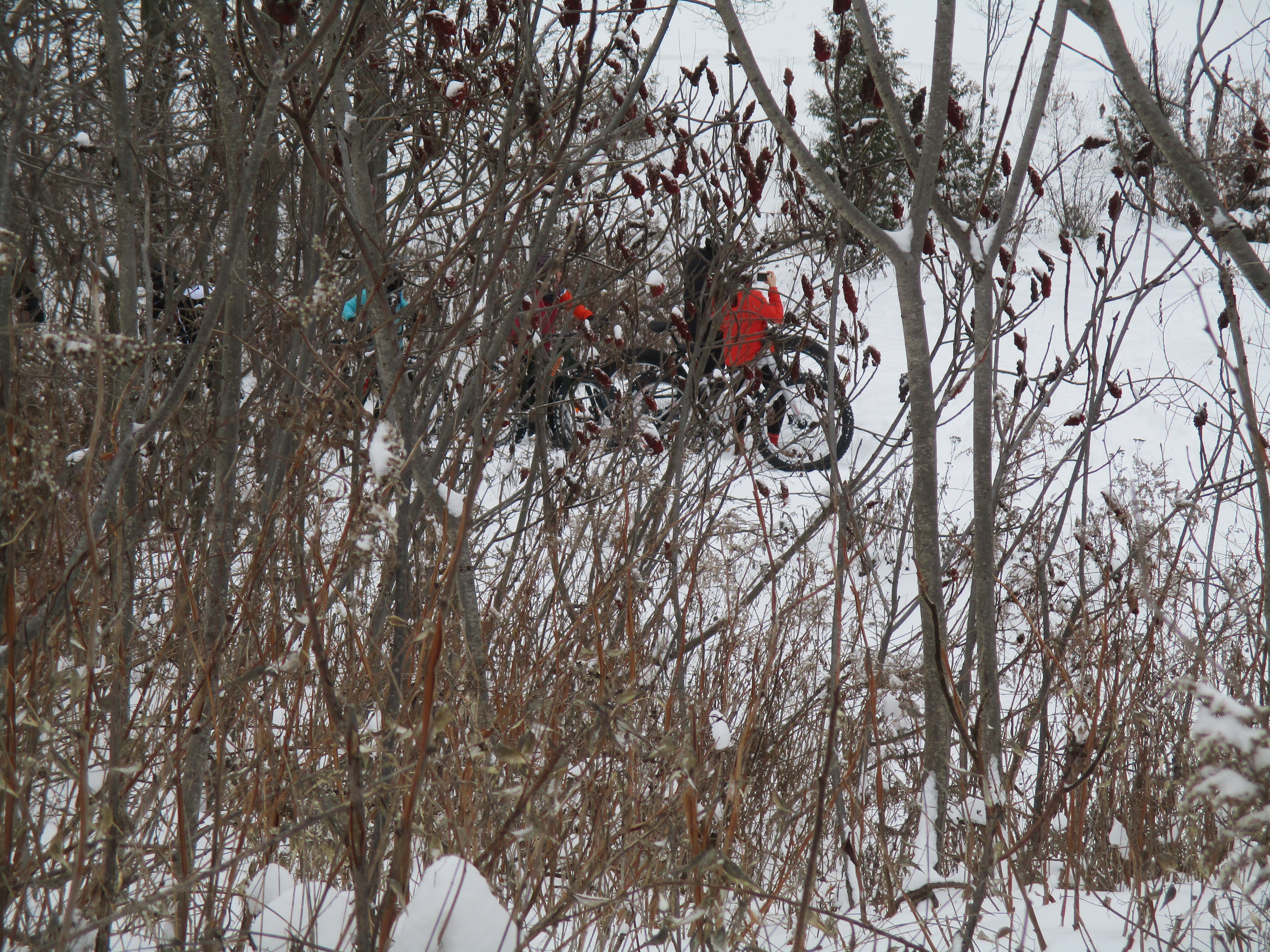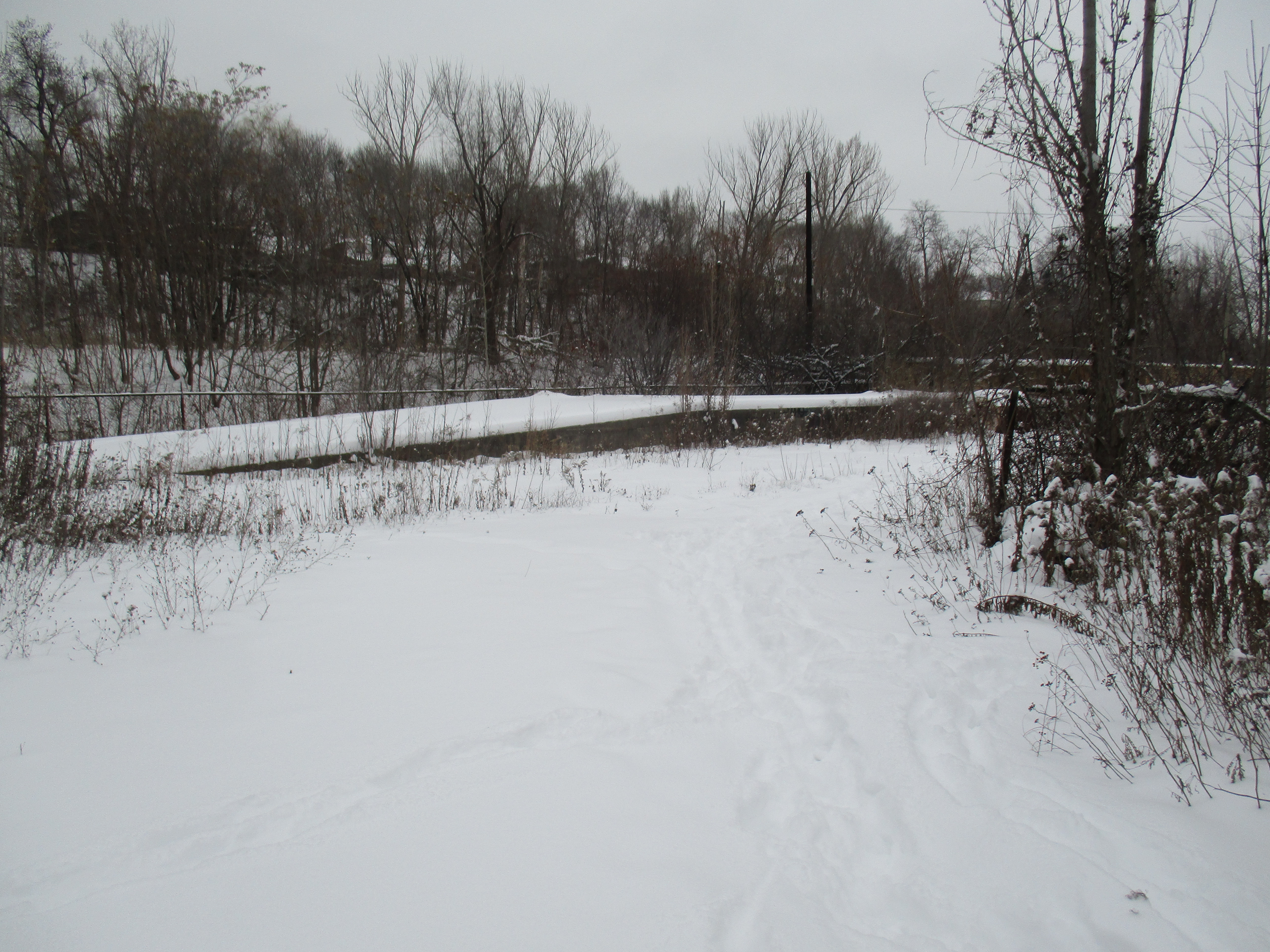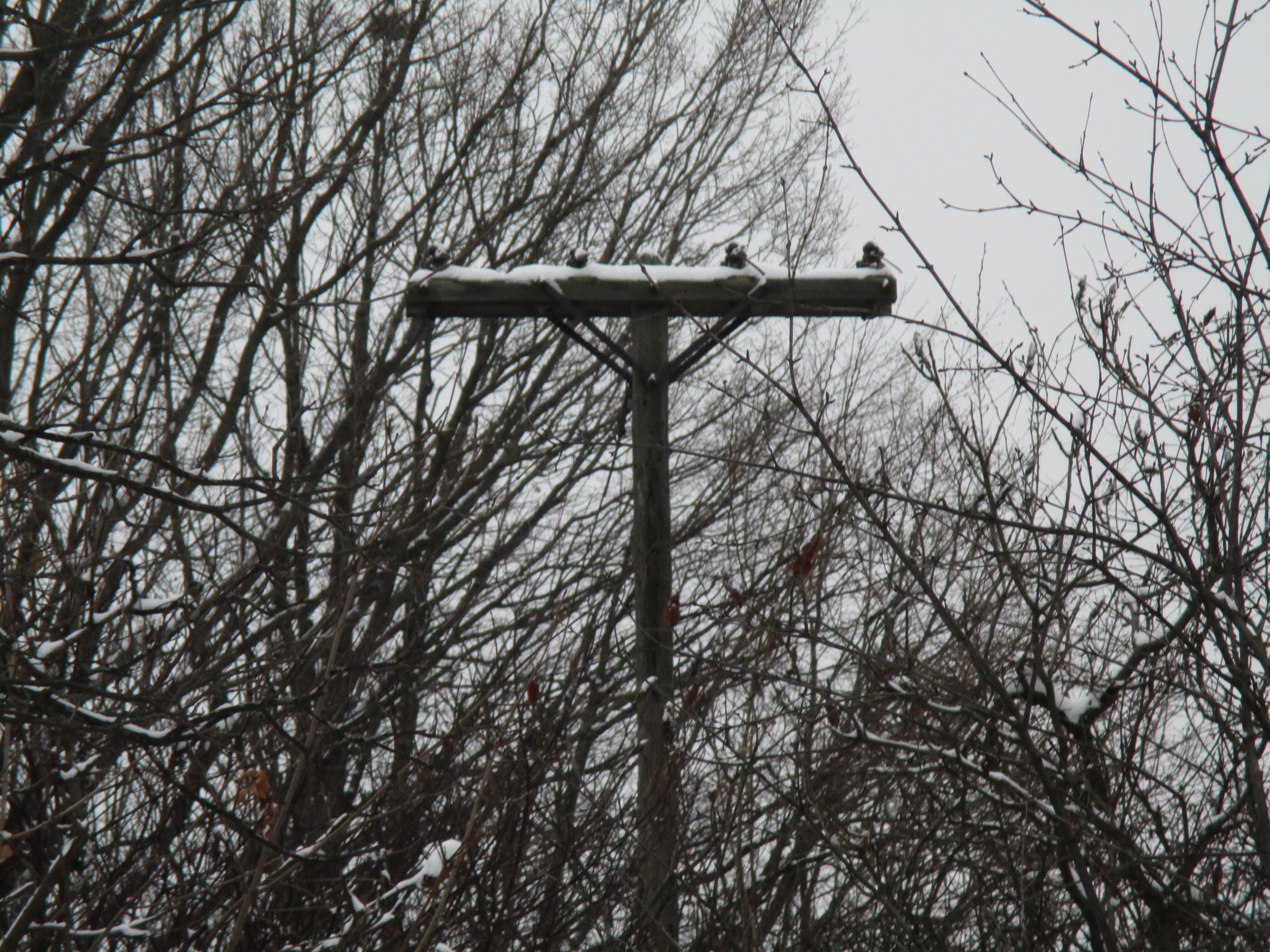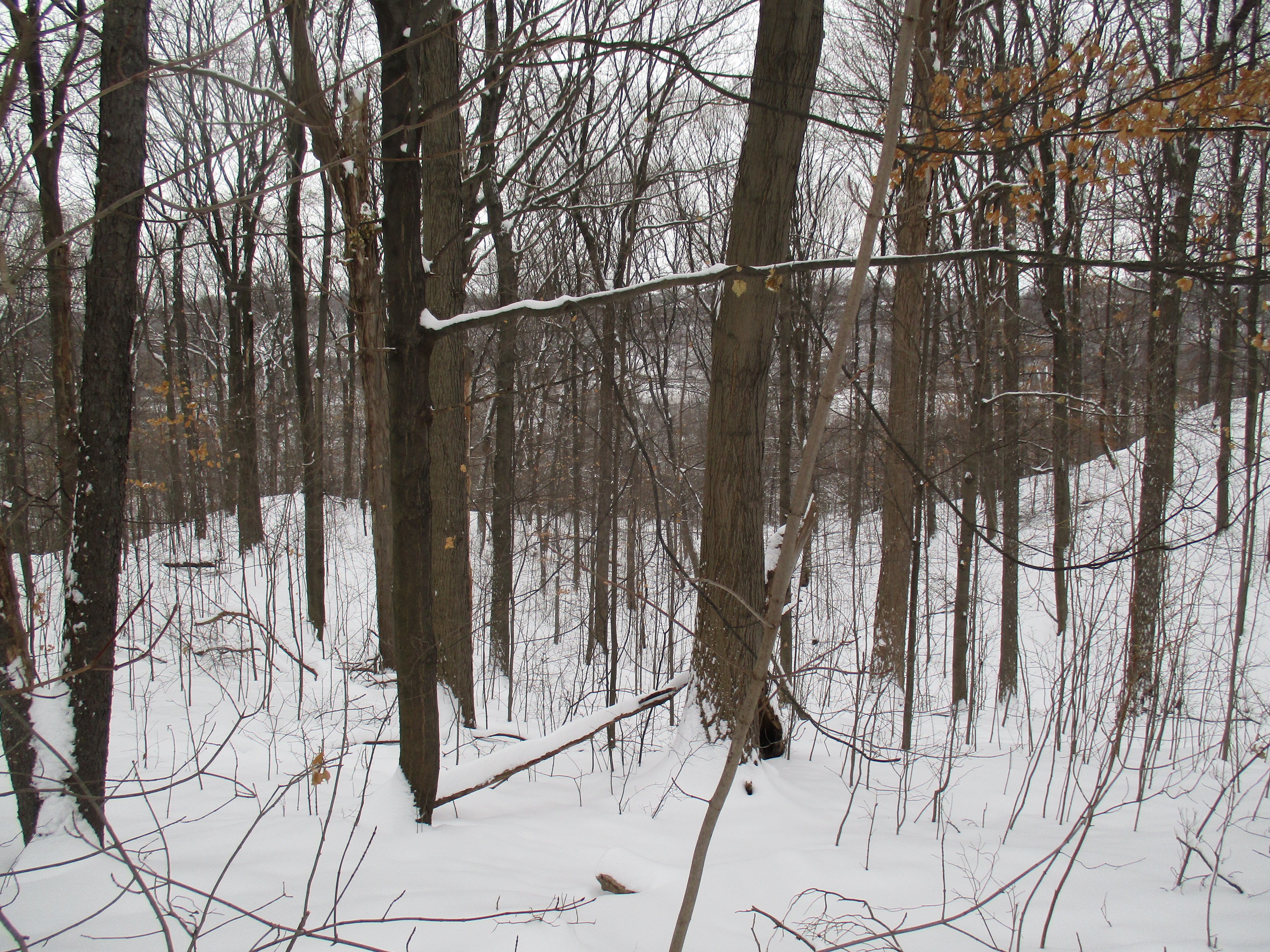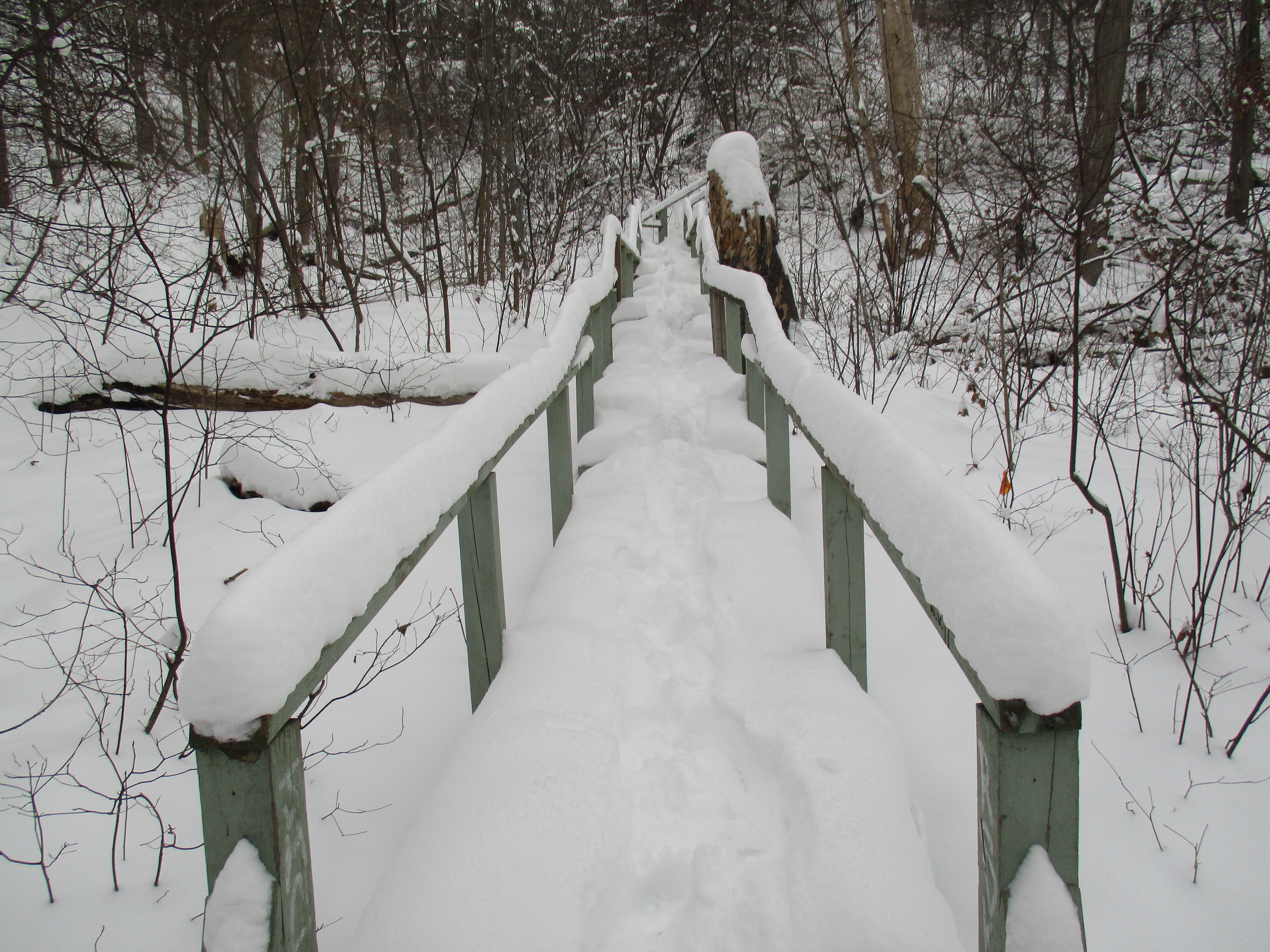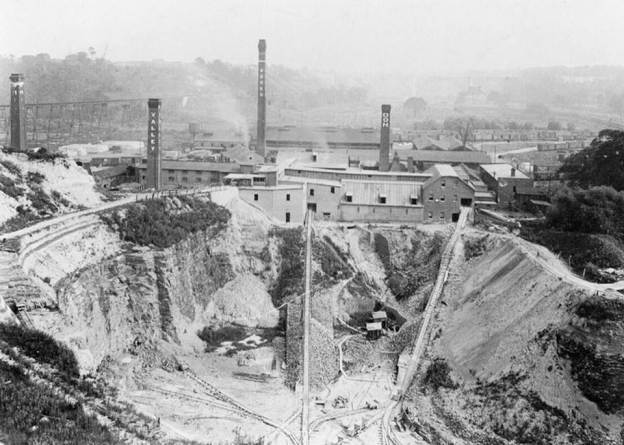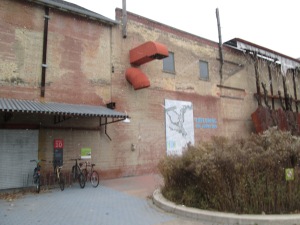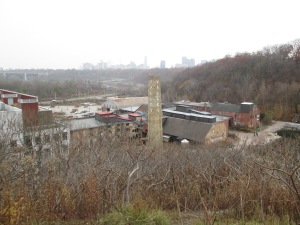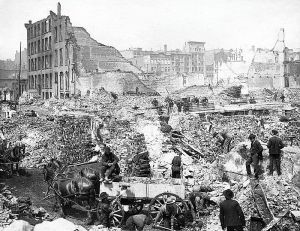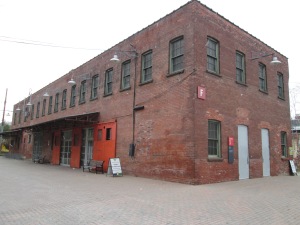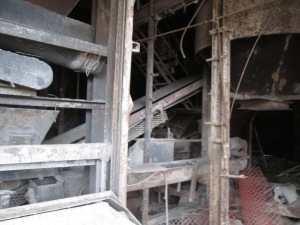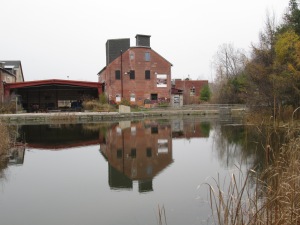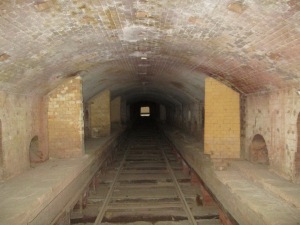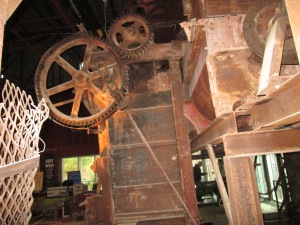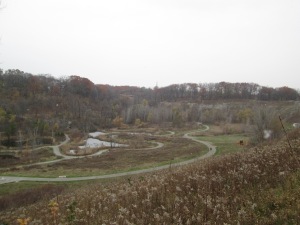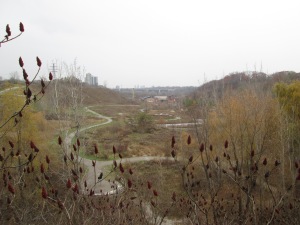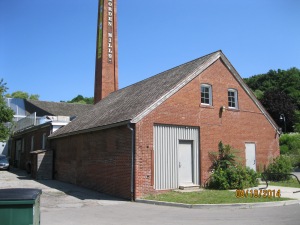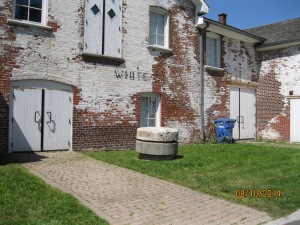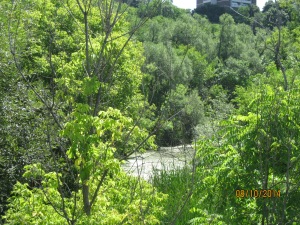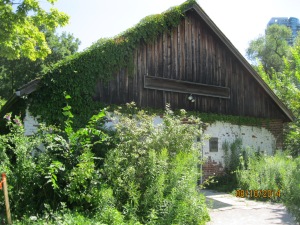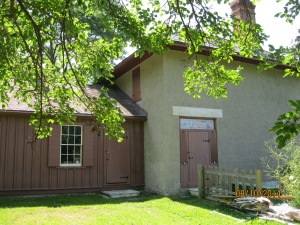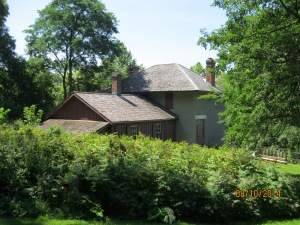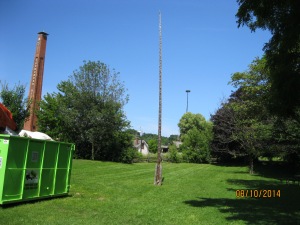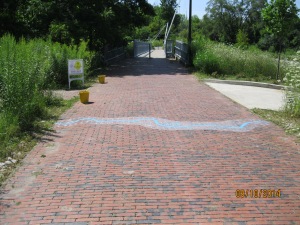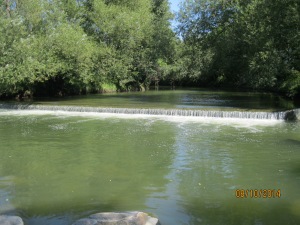Sunday, June 19, 2022
The Town of York officially became a city in 1834 and changed its name to Toronto. There are still quite a few buildings that have survived from this era in spite of the ongoing redevelopment and construction that is occurring all over the city. We’ve visited many of these places over the years and the following post brings some of them together along with links to the original larger posts and the Google Maps links to find them for yourself.
The oldest surviving building from York is known as Scadding Cabin. York was founded in 1793 and this small home was built in 1794 on the east side of the Don River. In 1879 it was moved to the grounds of The Canadian National Exhibition in time for the grand opening of the Ex.
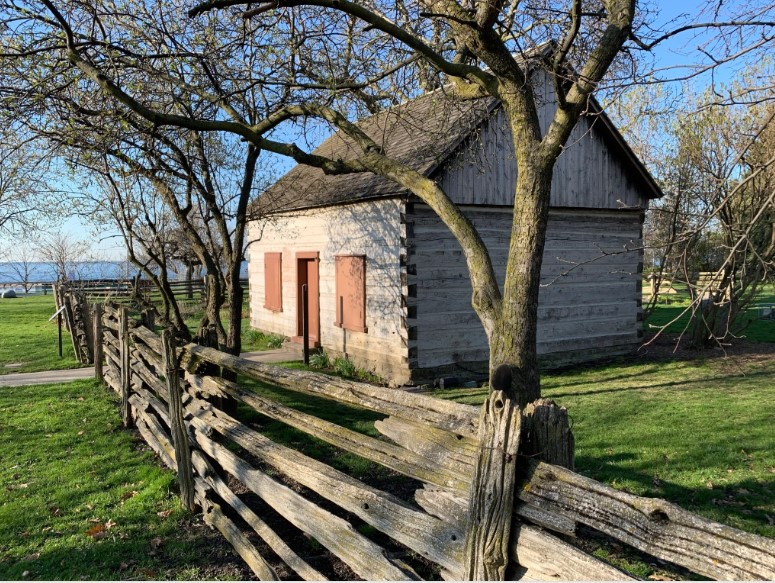
The house that we know as Elm Bank was also known as Lavinia Cottage. It was built of stone around 1802 and is one of two old stone cottages on the property. The stone was taken from the Humber River and the home was built in the former community of Thistletown.

Gibraltar Lighthouse on Toronto Islands was built in 1809 and originally stood just a few metres from the water’s edge but now is isolated in a wooded area on the island. It is the oldest surviving lighthouse on the Great Lakes.

Several of the oldest buildings in the city are contained in Fort York. Following the War of 1812 in which Fort York was partially destroyed many of the buildings were rebuilt. In 1815 the blockhouses, barracks and the powder magazine were all replaced. At that time the fort stood near the edge of Lake Ontario and the city hadn’t been built up around it as it has today.

Black Creek Pioneer Village is also home to several of the earliest buildings from the time of York. The first one built there was the log cabin of Daniel and Elizabeth Stong which was erected in 1816. A couple of further buildings from the Stong farm have been preserved as well as a few other structures that date back to the town of York which have been moved there.
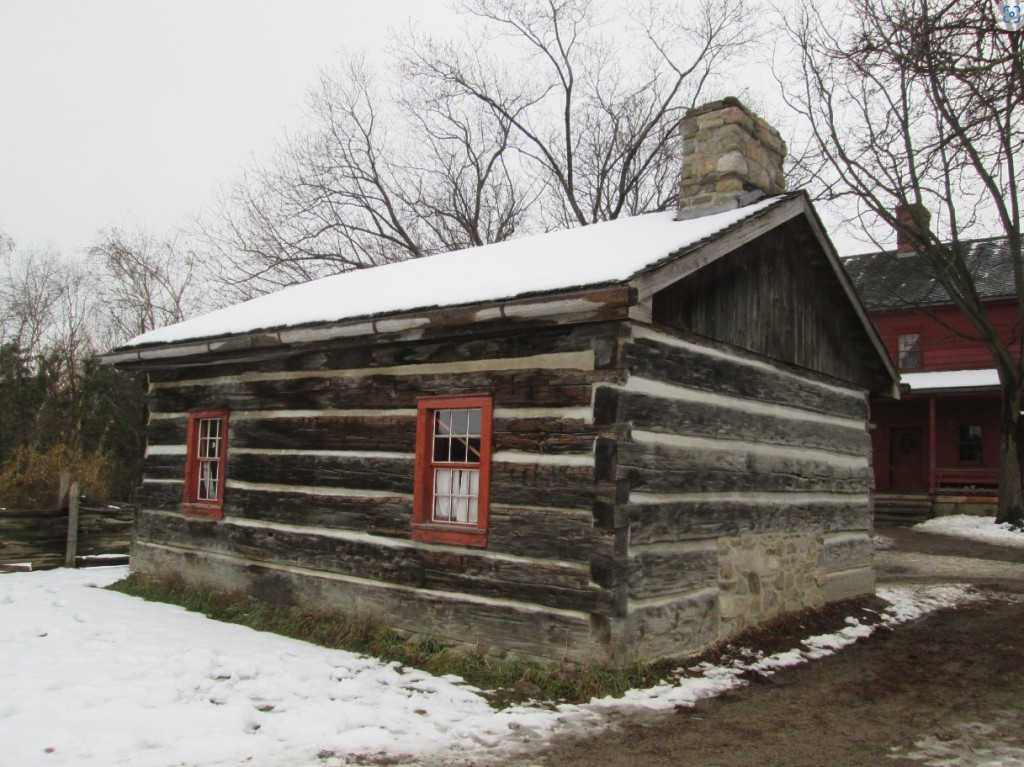
The original Gray Grist Mill dates back to 1819 and has been preserved on Donalda Farm, now part of the Donalda Golf Club.
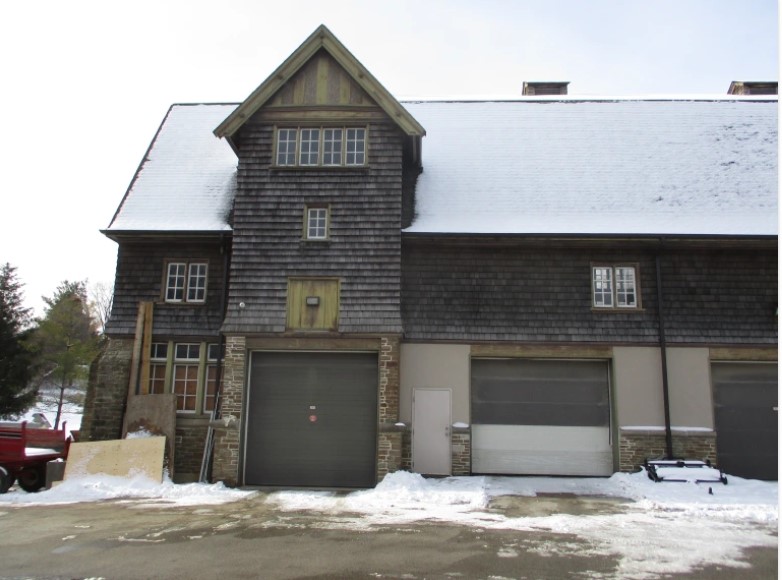
John Bales built a log cabin in 1822 that was later expanded and covered with cement and pebbles. The balance of his farm has been converted into Earl Bales Park.

In 1822 there was a race to open the first paper mill in Upper Canada and one was built at Todmorden Mills but it came in second. Located at the same site are a couple of older houses and a brewery that date to the town of York.

In 1827 The Bank of Upper Canada opened their second building in the original ten-block part of York. The building has seen a couple of expansions and the addition of a portico over the years.

In the early years of York all the streets were muddy and the town was often called Muddy York. Eventually the roads were covered with planks and a toll was charged for using them. This cottage is where one of the Tollkeepers lived and it was built around 1827.

Montgomery’s Inn was built in 1830 by Thomas and Margaret Montgomery near the village of Islington. It sat abandoned for more than a decade but has now been restored and is operating as a museum.

On Thursday March 6, 1834 the town of York ceased to exist and was incorporated as the City of Toronto. One of the last buildings to be completed before this change took place was the fourth post office in the community. This would become Toronto’s First Post Office.

The Town of York has been gone for nearly 200 years but there’s still quite a number of the old buildings still in existence. There’s many others that are not featured in this post that might come up in future explorations.
For a listing of our top 50 posts check out Back Tracks – 8 Years of Trails.
Like us at http://www.facebook.com/hikingthegta
Follow us at http://www.hikingthegta.com
Also, look for us on Instagram

